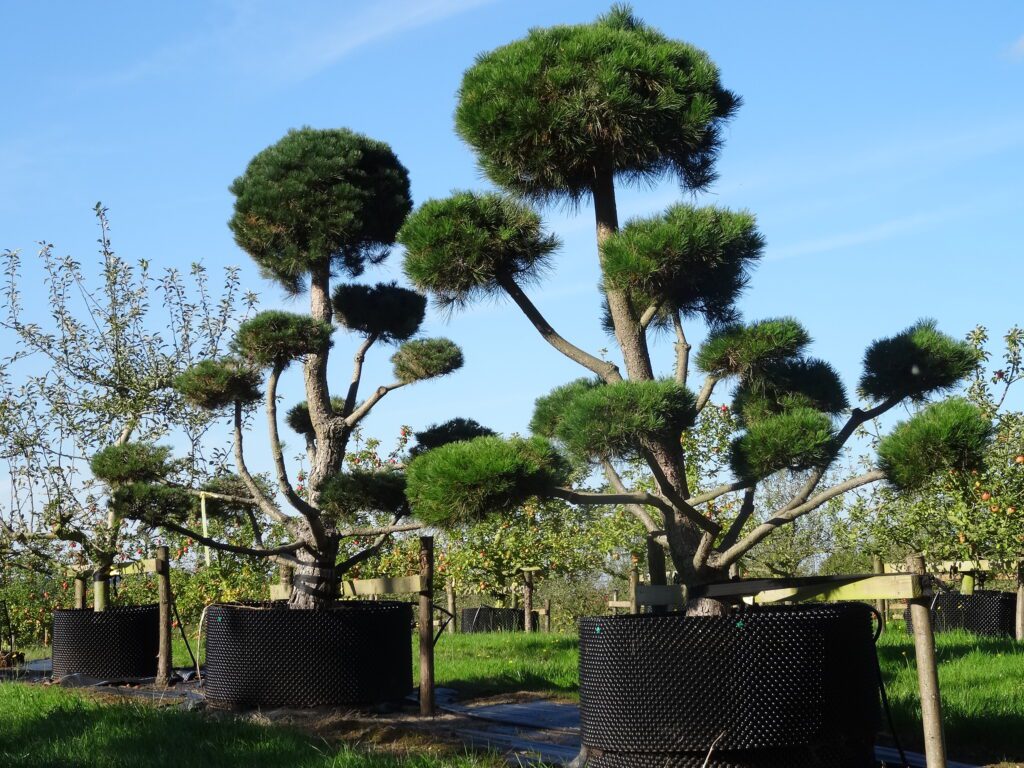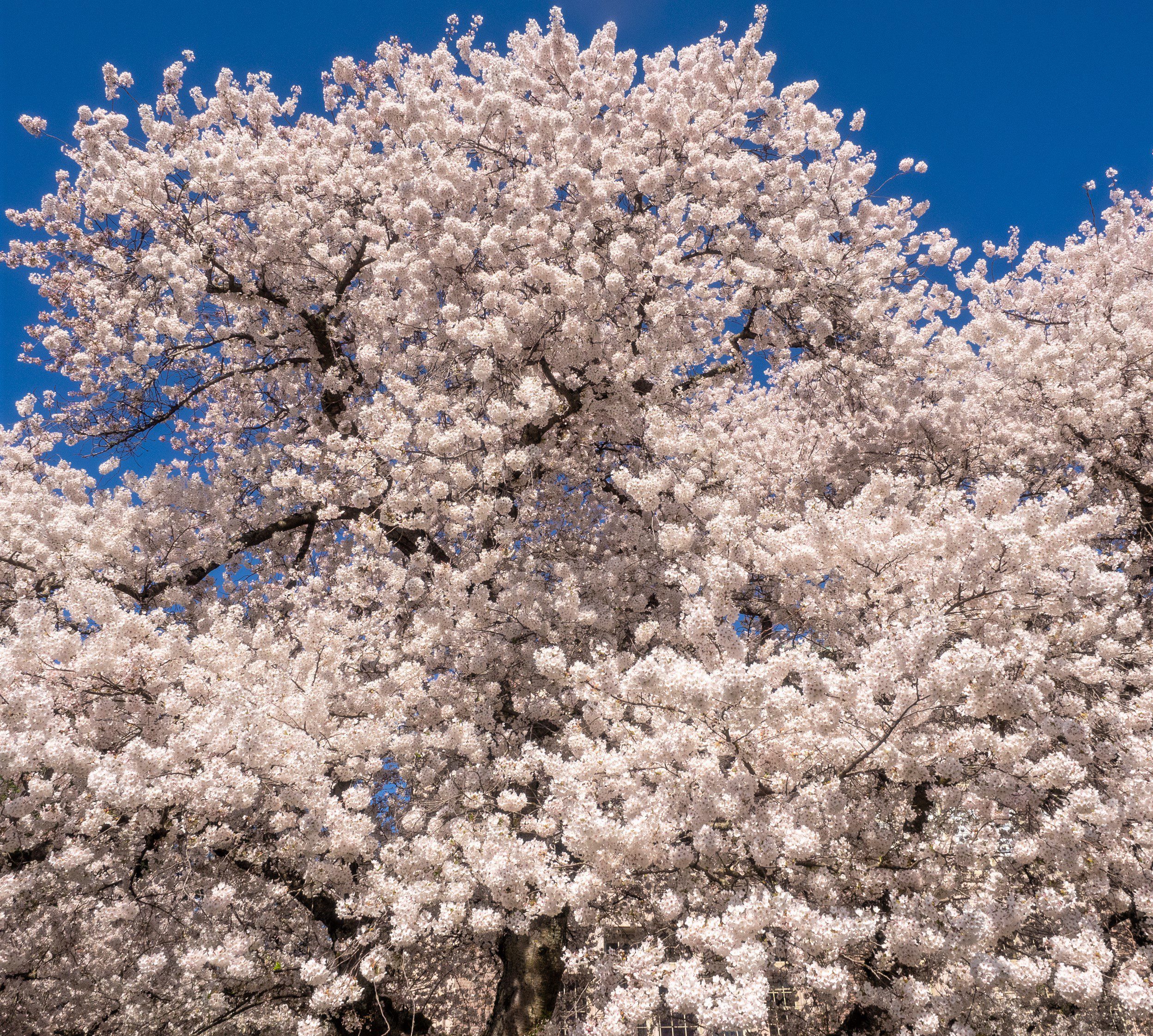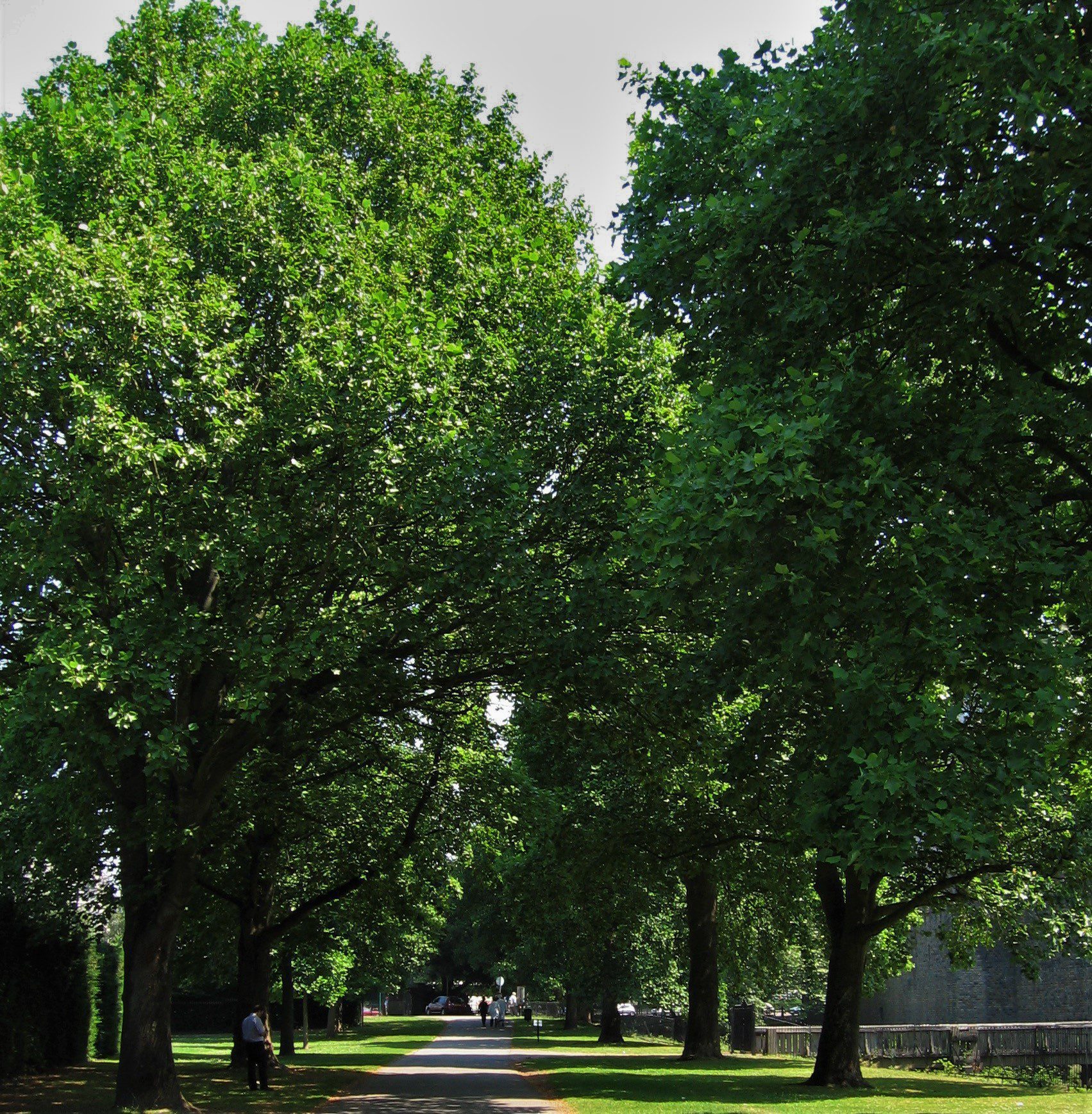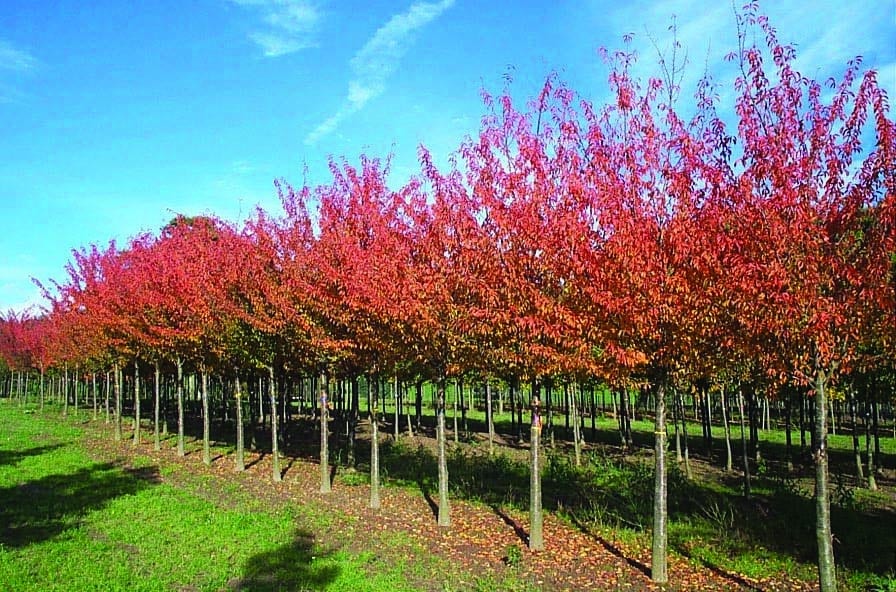Are you considering incorporating even more evergreen trees into your designs and landscape projects? Indeed, evergreen trees are incredibly valuable, retaining their foliage throughout the year. This significant advantage is particularly pronounced in urban settings, where they offer critical structure, beauty, and screening for everyone to appreciate.
Historic and Modern Markers
Traditionally, people used our native pine to mark the edges of properties, indicate the route of a drive, or help find a safe path across open, boggy moorland. This practice continues today, and when you look at our landscape, you can see trees placed strategically, marking ancient routes or avenues. .
Majestic cedars always grace the grounds of beautiful country houses, and you will always fond the oldest, and most incredible yew in a history churchyard.
Evergreen trees, with their historic significance, remain relevant today and shape the future landscapes we create. In urban areas, they stand out, marking entrances to headquarters, defining new cycle routes, and creating vibrant urban squares.
Healthy Trees
All trees are environmentally important and evergreens will work for us all year round. Pines are excellent at absorbing and storing carbon dioxide (CO2) and help to produce clean air. Additionally, they provide shade and shelter and their canopy is there to help filter the rainfall and slow down the runoff of water during the critical winter months. Valuable and very hardworking, these evergreen trees are important for our nation’s health and well-being.
Some of our recommended pine species include:
Pinus nigra
A large and impressive tree. Ideal for screening and windbreaks and excellent in urban, coastal and exposed environments and tolerant of most soils. View Pinus nigra
Pinus sylvestris
Our native pine is a large, spreading tree. Initially pyramidal, the tree will eventually develop an attractive, irregular shape, with branches spreading high on bare, leggy trunks. Each plant will be completely individual. These look especially good when planted in groups. Pinus sylvestris can be identified by its striking orange-brown bark and needles which are bluish-green. View Pinus sylvestris

Encouraging Individuality
In recent years, we have been producing our pine trees not only as traditional standards and feathered forms, but also as multi stem forms, pom pom-pines, windswept pines, and natural pines. We encourage and emphasise the inherently curving trunks and sweeping branches, rather than controlling them.

Evergreens at Elephant and Castle
Elephant and Castle is a vibrant, multi-use and multi-phased development by Lendlease, in the heart of London. We were the long-term tree supplier for this project, and witnessed the remarkable transformation of this urban area. In particular, the impactful contribution of the evergreens.
Visiting one dull February day, the recently planted public open space was already functioning and vibrant, edged with coffee shops and restaurants. Informal groups of pines have been arranged in the square, forming little copses which give character and scale. The pines, selected by Landscape Architects Gillespies from Hillier, have natural trunks and informal heads and are already working together to form a soft unified canopy. All of the planting here is very clever and designed to perform to its maximum all year.
Deciduous and evergreen trees work so well together in the natural landscape and frequently the evergreens will quietly support the impressive seasonality of the deciduous trees with the beautiful spring flowers or fabulous autumn colour. Look to nature and be inspired by her work and you will never go wrong.

For more information on our evergreen trees, contact our sales team.



